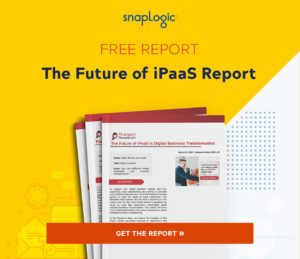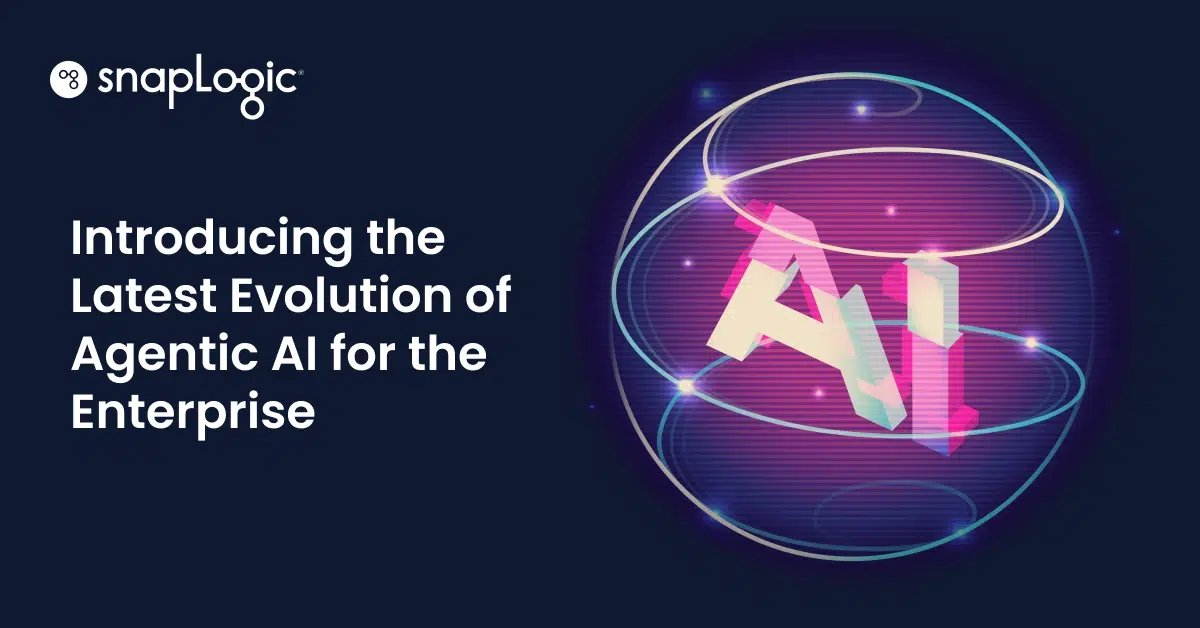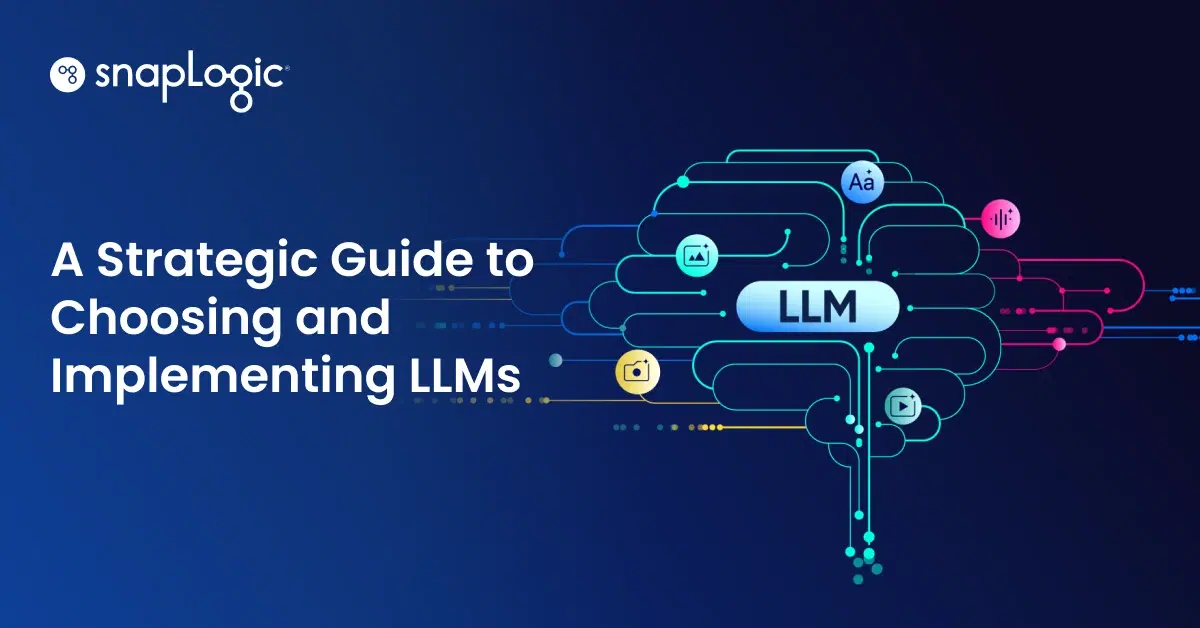The Evolution of iPaaS
Jim Lundy is the founder and CEO of Aragon Research. We’ve invited Jim here today to chat about Aragon’s latest research paper, “The Future of iPaaS Is Digital Business Transformation.” In the research note, Jim and Aragon Fellow Betsy Burton identify a fundamental shift that’s taking place where Integration Platform as a Service (iPaaS) solutions are evolving to meet both the business and technology transformation challenges of enterprises.
Welcome Jim – and thanks so much for taking the time to chat with us today. We wanted to take a few minutes to talk with you about your new report, looking at the iPaaS space and how it’s currently undergoing an evolution in sync with the evolving needs of customers today. To get us started, what is the big change that your team has identified in the research?
Thanks so much for having me. In taking a comprehensive look at iPaaS and comparing what customers need and are getting out of their use of these technologies, we saw some macro trends emerge. The biggest is really the fact that companies are so focused on digital transformation these days – a number of them spurred on by the pandemic and the need to support remote work, many others encouraged by newly available data and analysis of their customers and operations, and still others driven by their Board and leadership teams to find new ways to grow revenues while cutting operational costs. This focus has caused them to ask more of their iPaaS solutions. It’s becoming less of a steadfast focus on automation and more of a way to help companies become digital enterprises without re-platforming.
Why is this happening now? What did you find is driving companies to prioritize this push to transform themselves?
Companies have always been looking for ways to improve efficiencies, cut costs, and be more productive. But the operating situation of the past couple of years has really driven home a renewed focus among companies looking toward their future and how their operations can be improved. As we lay out in the report, it’s all about designing your company’s business models to best support the new demands and expectations of your customers, partners, and suppliers. The constant across all companies is the need for speed. They need to adapt to best take advantage of the present, and to quickly ensure they’re prepared for what the future holds.
So what is it that companies need in order to be successful with their business transformations, regardless of the reason behind it? How can iPaaS and related technology vendors provide what’s needed for both the moment and the future?
Put simply, to fully enable and fuel the types of business transformations needed, companies will need a new type of platform service. Integration and infrastructure tools and stand-alone technology solutions (including RPA and low-code application platforms) are not enough. It’s also not enough to just add business transformation services to PaaS and iPaaS platforms. Today’s digital companies (or those transitioning to digital) need a platform service that starts with the business transformation and automation first and foremost, not with the infrastructure, technology, or process optimization. They need a holistic and integrated platform that is focused on supporting the business and providing the technology services necessary to help companies transform.
As a result of our research, we believe there is a new way to refer to what companies need – we’re calling it “transformation platform as a service, or tPaaS” and defining it as such:
“The tPaaS market consists of the set of providers of cloud services that specifically enable customers to reimagine and transform their business by providing business modeling and process modeling capabilities, critical digital business services (business architecture and design services, embedded AI, advanced analytics, automation), and integration to new and emerging technologies (IoT, robotics, connectors, etc.).”
What makes Transformation Platform as a Service (tPaaS) distinctly different from iPaaS and related technologies? Why are you finding that companies need tPaaS in order to be successful at this moment in time?
Unlike iPaaS, which is rooted in a traditional IT-centric integration perspective, tPaaS is specifically focused on developing a new, innovative business first and foremost (business strategy, models, processes), and on enabling companies to experiment with these new business models, all while still enabling integration with existing and emerging business-driven technology infrastructure.
To successfully support business transformation, companies need to design their business models, processes, and services by focusing on their customers’ context and perspective as the starting point – not the end point. This includes thinking about and factoring in who your future customers may be as well.
Traditional inside-out thinking is when customers are expected to adapt to the preexisting ways of a company’s processes, information, and transactions. Customers’ wants and needs come second to the organization’s existing structure. Real business transformation requires outside-in thinking – where business models, processes, and services are designed according to the customers’ wants and needs. In this approach, the customers’ perspective and context comes first.
So what should companies be looking for in a tPaaS solution? What are the hallmarks of tPaaS success?
Well, tPaaS platforms do provide all of the core platforms found in the leading iPaaS solutions. In addition to those, however, tPaaS offers business strategy design, business architecture, and business process capabilities that directly leverage its most important iPaaS capabilities, such as low-code development, business process modeling, RPA, and AI.
Unlike PaaS and iPaaS, tPaaS is designed to specifically support both business users and technology users. In tPaaS solutions, business transformation, rather than technology-focused services, is at the core of the platform. In the past, business transformation was often merely an afterthought tacked on to iPaaS solutions to meet a customer need.
This has been great – thanks for taking the time to chat with us today Jim, and explaining what tPaaS is all about. Where can readers learn more about tPaaS and what they should be looking for as they evaluate different solutions?
My pleasure – thanks again for having me. To read the full report (Aragon Research, “The Future of iPaaS Is Digital Business Transformation,” July 2021) and learn how to recognize and evaluate tPaaS solutions for your company, please click here.









